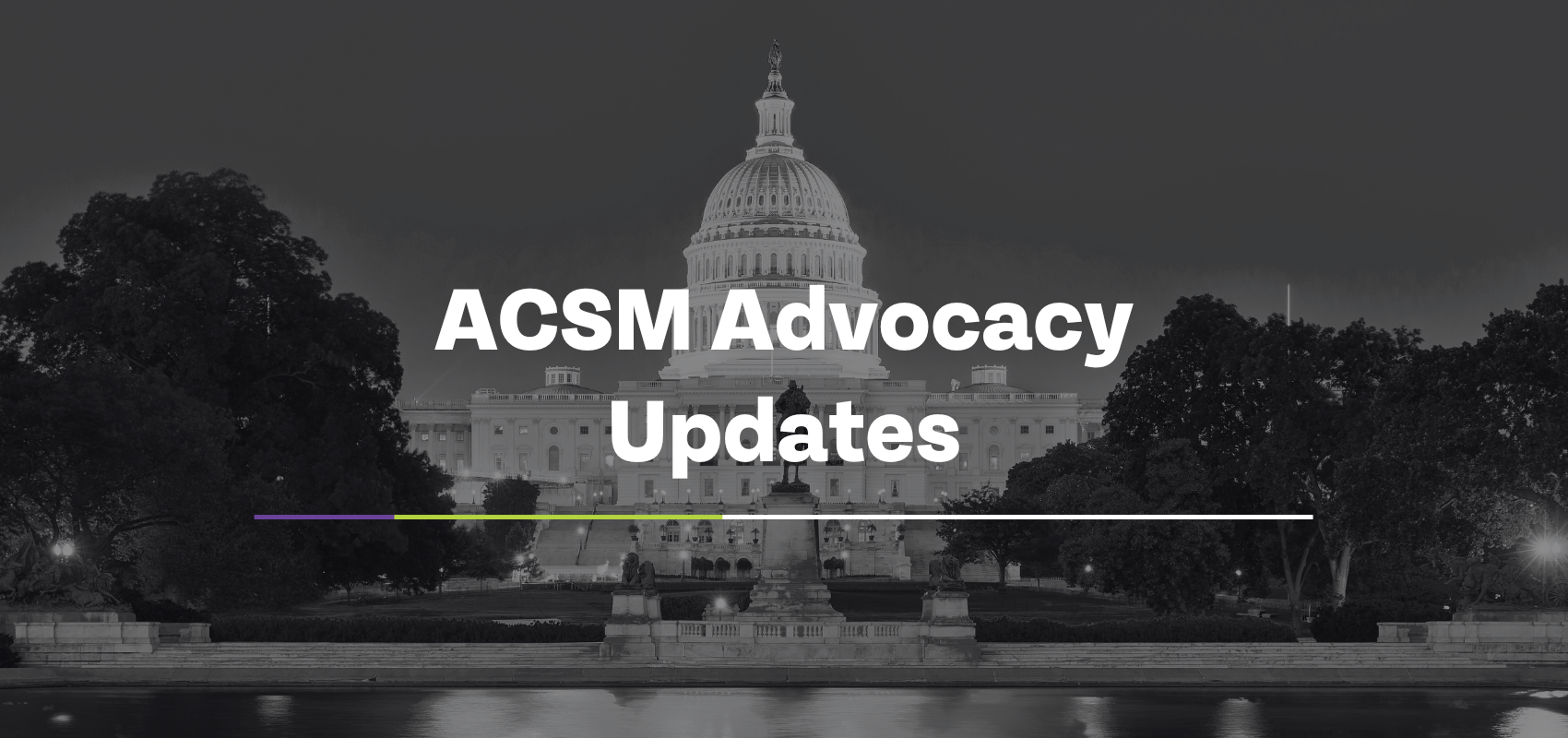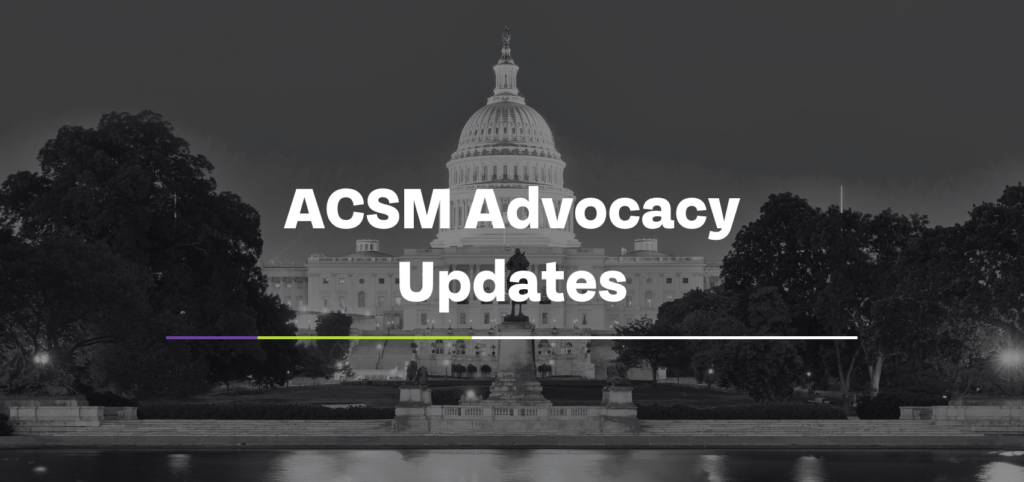President’s FY 2026 Budget Released
On May 30, 2025, the White House released the detailed Fiscal Year 2026 budget proposal, which outlines sweeping changes and deep funding cuts for both the National Institutes of Health (NIH) and the Centers for Disease Control and Prevention (CDC). The NIH would see its discretionary budget slashed by nearly 40%, from about $46 billion to $27.9 billion, representing the largest proposed cut to the agency in decades. The proposal also calls for a dramatic restructuring, consolidating NIH’s 27 institutes and centers into just eight, with only the National Cancer Institute, National Institute of Allergy and Infectious Diseases and National Institute on Aging remaining intact—though even these would face significant budget reductions. The budget would eliminate funding for several institutes, including the National Institute on Minority Health and Health Disparities, the Fogarty International Center, the National Center for Complementary and Integrative Health, and the National Institute of Nursing Research, collectively cutting more than $1 billion in funding. Grant funding would be reduced by 43%, sharply decreasing both new and continuing research grants, as well as support for researcher training and intramural research programs. The Advanced Research Projects Agency for Health (ARPA-H) would be moved out of NIH to a new office within HHS, aligning with a broader departmental reorganization.
The CDC would also experience a drastic reduction, with its budget cut by nearly half—from $9.2 billion in FY 2024 to about $4.2 billion in FY 2026. The proposal eliminates entire centers, including the Global Health Center and the National Center for Injury Prevention and Control, and significantly reduces funding for chronic disease, primary care, mental health and environmental health programs. The CDC’s focus would be narrowed to core functions such as infectious disease surveillance, outbreak investigations, preparedness and response, and maintaining the nation’s public health infrastructure. The majority of CDC funding, which is typically distributed to state and local health departments, would be sharply reduced, with at least $1 billion redirected to the newly proposed Administration for a Healthy America. The budget reflects the administration’s intention to eliminate programs related to diversity, equity and inclusion, and to streamline both agencies to focus on what it deems “true science” and essential public health functions. Overall, the President’s FY 2026 budget would fundamentally reshape the missions and operations of both NIH and CDC, marking a significant retreat from their current scope and capacity.
The HHS FY 2026 Budget in Brief can be viewed here.
NIH FY 2026 Budget Hearing
The Senate Committee on Appropriations Subcommittee on Labor, Health and Human Services, Education, and Related Agencies convened a hearing on June 10, 2025 to review the President’s Fiscal Year 2026 Budget Request for the National Institutes of Health (NIH). The session was a critical opportunity for lawmakers to scrutinize the proposed funding levels and priorities for one of the nation’s premier biomedical research agencies. The Honorable Jayanta Bhattacharya, M.D., Ph.D., Director of the NIH, appeared as the sole witness, providing testimony and responding to senators’ questions on the administration’s vision for advancing medical research, public health initiatives and scientific innovation.
During the hearing, Dr. Bhattacharya outlined the key components of the FY 2026 budget request, emphasizing investments in cutting-edge research areas such as cancer, Alzheimer’s disease, pandemic preparedness, and health equity. He highlighted NIH’s ongoing commitment to supporting the biomedical workforce, fostering collaboration across institutes, and translating scientific discoveries into real-world health solutions. Committee members engaged Dr. Bhattacharya on issues ranging from research funding allocation and administrative efficiency to the importance of sustained federal investment in science. The hearing underscored the vital role of NIH in driving medical progress and the need for robust, predictable funding to address the nation’s pressing health challenges.
CBO Report on H.R. 1, the One Big Beautiful Bill Act
The Congressional Budget Office (CBO) recently published a report titled “Distributional Effects of H.R. 1, the One Big Beautiful Bill Act.” According to the CBO, the bill would impact household resources from 2026 to 2034 through four main channels: federal taxes and cash transfers, federal and state in-kind benefits, states’ fiscal responses and other spending and revenues. Federal taxes and cash transfers are projected to boost household resources by $3.1 trillion, mainly due to tax changes and lower health insurance subsidies. In contrast, in-kind benefits would fall by $1.0 trillion, primarily because of cuts to Medicaid and the Supplemental Nutrition Assistance Program (SNAP).
States’ fiscal actions would add $10 billion to household resources, as states redirect Medicaid savings to other spending or tax cuts, though this would be partially offset by new SNAP matching requirements. Additional spending and revenue changes—including federal investments in defense, border security and infrastructure, offset by reductions in pensions and other receipts—would contribute another $129 billion. Overall, household resources are expected to rise on average, but the impact would differ across income groups: the lowest income decile would lose $1,600 per year, middle-income households would see gains of $500 to $1,000, and the highest income decile would benefit by $12,000 annually.
ACSM is Fighting For You
We continue to plan, assess and act on developments coming from the new administration and Congress. With the help of our Health and Science Policy Committee, we are deploying regular communications to political leaders and initiating timely action alerts to ACSM members so they can contact their Congressional representatives on issues critical to you and the profession. The committee is also developing a comprehensive strategy for advocating specifically for the preservation, protection and expansion of federal research funding tied to the benefits of physical activity.
As always, feel free to contact me at mward@acsm.org with any questions, concerns or suggestions regarding how we can best advocate for you and your profession on Capitol Hill.




